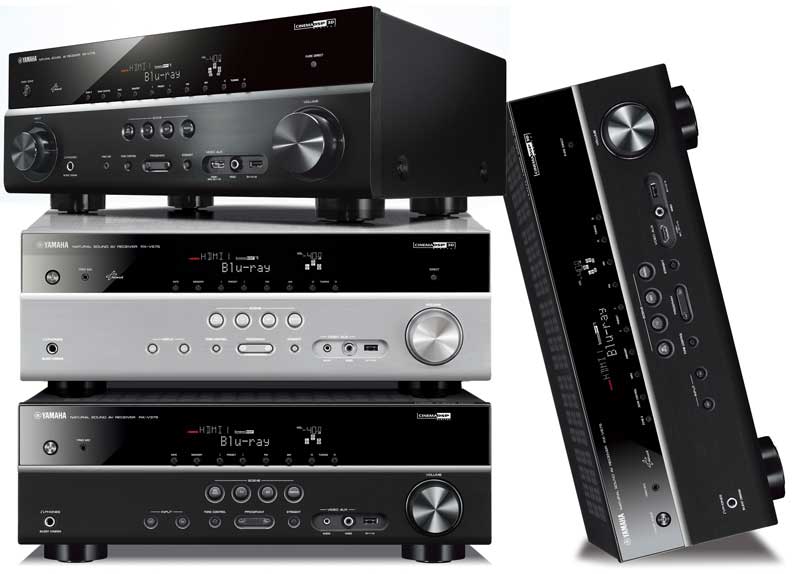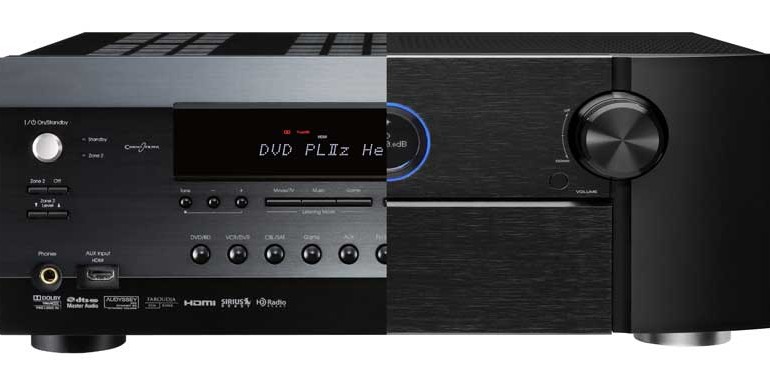Boutique AV Receivers – Do They Exist and Should You Buy One?
There are tons of options for speakers out there. Just SO many. I’ve been in this business for nearly 20 years and I’m hearing of new manufacturers all the time. But AV receivers? There are really only a few companies that make them. Denon, Marantz, Yamaha, Onkyo, Pioneer, Arcam…and that’s about it? I guess Sony still makes them and maybe Harmon Kardon (nope, I looked, they don’t)? How come? It seems like you should be able to buy specialty, “boutique” AV receivers that do just what you want and nothing more. Can you? And if you found one, should you? Let’s discuss!
Delete Your Comment
Before we go on, I know there are other AV receivers out there. McIntosh makes a couple, Rotel does as well. I don’t care. You know what I mean. There are a handful of companies that make and sell the VAST majority of AV receivers. I’m going to talk about these “smaller” boutique AV receivers in a second. Hold your horses.
Do Boutique AV Receivers Exist?
The pedantic answer (as indicated above) is “yes.” But the real answer is “not really.” You will stumble across an AV receiver make that you’ve never heard of before. Someone on some forum will “reveal” a no-name AV receiver that seems to have all the features of the “big guys” but at a fraction of the price. Too often, these AV receivers are in the “coming soon” stage looking for pre-orders. They promise the moon plus the cachet of owning something no one else recognizes.
The problem is that these boutique AV receivers rarely deliver. They often come out many years later with “features” that could then be described as “legacy.” What was cutting edge when they launched is now old news (and generations old). That’s if the features work at all! Many times boutique AV receivers are buggy and difficult to operate.
But What About Those Other Ones People are Posting about In the Comments?
Yes, they are posting about the Monoprice HTP-1 (a pre-pro, not an AV receiver mind you), the Trinnov (another pre-pro), and more. These all exist. They differ from what I would consider being “boutique” in one important aspect – they are stupid expensive (generally). These AV receivers are “boutique in that they sell far fewer of them than the main manufacturers. But they are also very expensive. And there is a reason for that.

Making an AV Receiver is Expensive
We’ve talked about the lack of “small” or less-full-featured AV receivers. As we said in that article, making AV receivers cost a lot of money. There are two ways to recoup that money – sell a lot of units or charge a lot for the product. The main AV receiver manufacturers make their money through high unit sales. The expensive boutique AV receivers make their money by charging higher prices.
But it isn’t just that the parts are expensive (they are, and harder to find these days). An AV receiver is a very complex device. It has to do a lot and needs to do it well. Some manufacturers choose to limit this functionality claiming that doing so will increase sound fidelity or picture quality or some such. It’s all nonsense. They just can’t afford to spend the time it takes to get all the features implemented correctly. Others try to do everything and end up with a product that is often released late, full of bugs, and lacking some of the promised features.
Take Away
The real question is should you buy one of these boutique AV receivers? You could. I wouldn’t, but it might be right for you. You’ll need to be very careful. If you really only need the features that they have implemented, and you are sure that they’ve implemented them well, then have at it. You’ll need to read the reviews carefully to ensure you are actually getting what you think. Don’t assume that it will do something that every receiver you’ve ever owned has done. It very well might not.
And if you come across a boutique AV receiver that is promising the moon while also undercutting the prices of the big manufacturers, run away. It is surely not true and you’ll end up wasting your money.



Great post Tom, I agree with your point totally.
On a side note, as a dude who has been into Hi-fi and home theatre going back to the 1980’s including falling prey to a lot of the audiophile stuff or often nonsense, pouring hard earned money, or cough cough, credit into a lot of audiophile type gear (mostly but not only analog such as turntables and its whole assortment of products) all believing the superiority of said gear, well, common sense in recent years has come back to mind. I trust logic and good known brands of home theater / hi-fi gear now.
But oddly one of the things I wish AV receivers had, much like the stereo receivers of the 70’s and 80’s had and yes I know it makes no difference in sound but looks cool are power meters. No, they do not have to be analog ones but say vacuum fluorescent type ones incorporated into the unit’s display. This was not uncommon in many AVR’s back in the 90’s and could easily be set up by design in multi-channel (5-7-9 channels) displays so that we can monitor how many watts of power is being put out in each channel at any given time. Again I know makes no difference in sound quality BUT SURE LOOKS COOL! and yes most of us guys kind of like such things 🙂
VU meters sure do look cool. I’m sure someday someone will put out an AV receiver with a full screen on the front that will give us the option of VU meters.